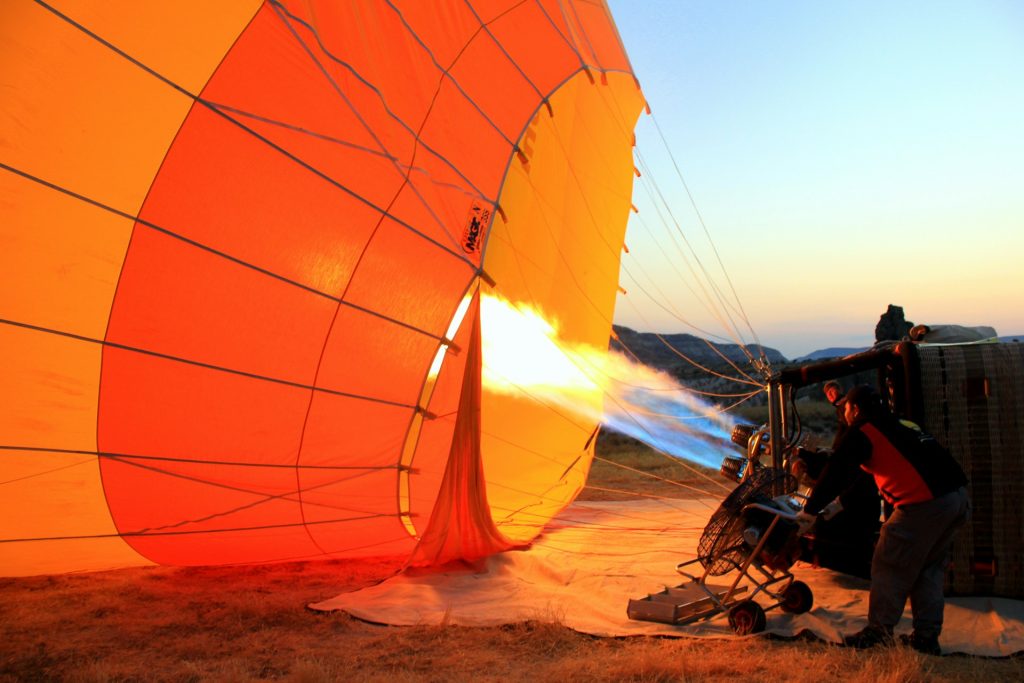Hot air balloons, those majestic vessels gliding gracefully across the sky, evoke a sense of wonder and awe. But have you ever stopped to ponder the mechanics behind their flight? In this exploration, we unravel the science of hot air ballooning, from the fundamental principles to the intricacies of steering and landing.

Unveiling the Essence of Hot Air Balloons
Hot air balloons are airborne marvels propelled by the simple yet profound principle that hot air rises. Originating in the late 18th century, these flying craft come in two primary types: the ‘Montgolfier’ type, which relies solely on heated air for lift, and hybrid balloons, which incorporate both hot air and gas compartments.
The Anatomy of a Hot Air Balloon
A modern hot air balloon comprises several key components:
Balloons or Envelopes: These fabric bags, crafted from durable nylon, house the hot air that provides lift. Ranging in size from ’77’ to ‘600’, these envelopes form the iconic tear-drop shape, with vents strategically placed for control.
Hot Air Balloon Baskets: Suspended beneath the envelope, these baskets, constructed from woven wicker and reinforced steel, cradle passengers in comfort and safety. Equipped with leather-clad surfaces and foot holes, they offer panoramic views and smooth landings.
Hot Air Balloon Burners: Serving as the ‘engine’ of the balloon, these burners, fueled by liquid propane, ignite a fiery heat that fills the envelope, propelling the balloon skyward.

The Magic of Flight: How Hot Air Balloons Soar
Hot air balloons ascend into the heavens through the simple act of heating the air within the envelope. As the air inside becomes lighter than the surrounding cooler air, the balloon rises, akin to a buoyant vessel on water. Skilled pilots adeptly manipulate altitude by modulating the burner’s intensity, ensuring a gentle and controlled ascent.
Navigating the Skies: The Art of Balloon Steering
Unlike conventional aircraft, hot air balloons lack traditional steering mechanisms. Instead, they drift with the wind’s direction, guided by the pilot’s adept control of altitude. By ascending or descending to different air currents, pilots navigate their course with finesse, offering passengers an exhilarating journey through the skies.
Touching Down: The Ballet of Balloon Landings
As the flight draws to a close, pilots seek out safe landing spots amidst the open countryside. With passengers securely positioned in the landing stance, the balloon gently descends, culminating in a serene touchdown. While bumps and skids may accompany the landing, they are all part of the exhilarating adventure of hot air ballooning.

A Timeless Journey Through the Clouds
Hot air ballooning, the oldest form of aviation, continues to captivate adventurers and dreamers alike. Whether drifting peacefully across the sky or descending to earth with a gentle grace, the allure of hot air balloons transcends time, inviting us to embark on an unforgettable journey through the boundless expanse above.





